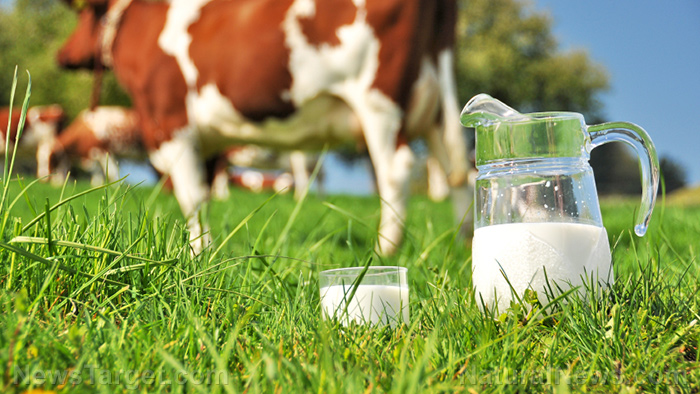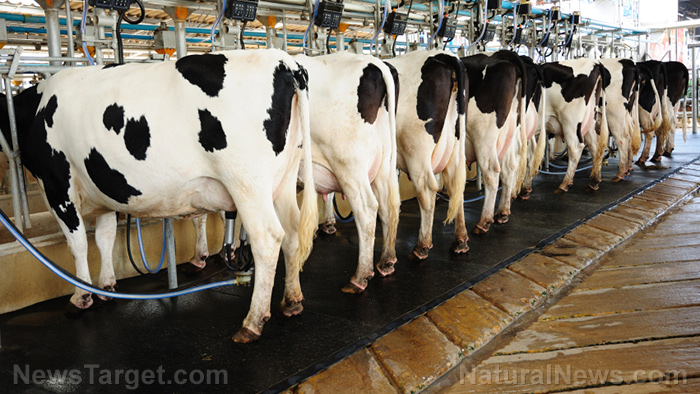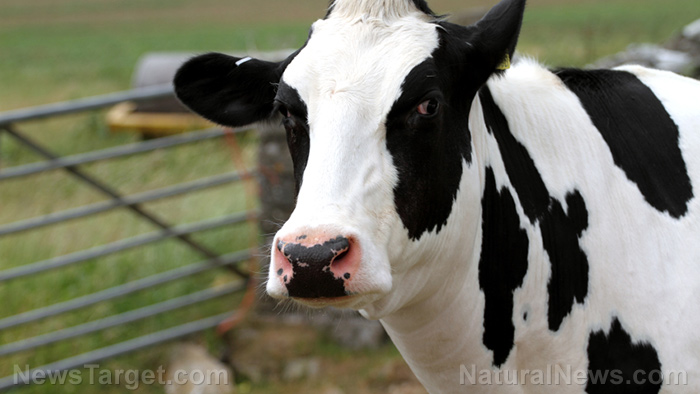
These findings were the result of a United States-wide study that took place over three years. During that time, the researchers collected 1,163 milk samples from cows that fed exclusively on grass. They then computed the fatty acid profile of these milk samples. This was done in order to assess the total amounts of omega-3 fatty acids, conjugated linoleic acid (CLA), and long-chain omega-3 polyunsaturated fatty acids. The fatty acid profile also served as a means of gauging the omega-6/omega-3 ratio of grass-fed milk.
Once the researchers obtained that data, they compared the fatty acid profile of grass-fed milk to that of organic and conventional milk. According to ScienceDaily.com, the average daily diet of organic cows consists of 80 percent dry matter intake from forage feeds and 20 percent grains and concentrates. Conventional cows, on the other hand, are made to subsist on 53 percent dry matter intake and 47 percent grains and concentrates.
The comparisons revealed that grass-fed milk had 52 percent more omega-3 fatty acids than organic milk, and 147 percent more than conventional milk. Furthermore, grass-fed milk had far less omega-6 fatty acids: 36 percent less than organic milk, and 52 percent less than conventional milk. The CLA levels of grass-fed milk were found to be higher as well: 0.043 g/100 g of grass-fed milk, against 0.023 g/100 g (organic milk) and 0.019 g/100 g (conventional milk).
The optimal ratio of omega-6 to omega-3 fatty acids is 1:1. This meant that grass-fed milk had the best ratio of these essential nutrients. Both fatty acids are important to our overall health. Omega-3 is essential for heart health and brain health, while omega-6 is needed for energy. Having too much omega-6 will result in a dangerous imbalance. Omega-6 is a pro-inflammatory nutrient, so too much of it can result in inflammation. (Related: A guide to balancing our omega-3 and omega-6 fatty acid intake.)
Fortunately, that isn’t a problem with grass-fed milk. "The near-perfect balance of omega-6 and omega-3 fatty acids in grass milk dairy products will help consumers looking for simple, lifestyle options to reduce the risk of cardiovascular and other metabolic diseases," said Charles Benbrook, lead study author and a Visiting Scholar at the Johns Hopkins Bloomberg School of Public Health.
With only a small fraction of Americans being regular consumers of fish, grass-fed milk is a great dietary source of omega3s. However, simply drinking grass-fed milk isn’t enough to maintain the ideal omega-6/omega-3 balance.
"Based on this paper, (dairy) could contribute 20 to 40 percent of the essential fatty acid requirements. But largely in the diet, these could be met by other fats as well," explained Brad Bolling, assistant professor of food science at the University of Wisconsin-Madison. Bolling, who had no involvement in the study, told WPR.org that there are other ways to get more of these essential fats. "One tablespoon of canola oil would contribute about 1.3g of this alpha linolenic acid, and that’s about at the daily requirement for this nutrient," he said.
Regardless, Bolling has acknowledged that the study paints a very positive picture of grass-fed milk, and milk in general. "This is a very large survey and the methods seem appropriate for measuring the differences between the fats in milk. But I think it's also important to realize that there are many other potentially health beneficial factors in milk beyond just the fatty acid content ratios," Bolling added.
Discover the health benefits of other dairy products by visiting FoodSupply.news today.
Sources include:
Please contact us for more information.























